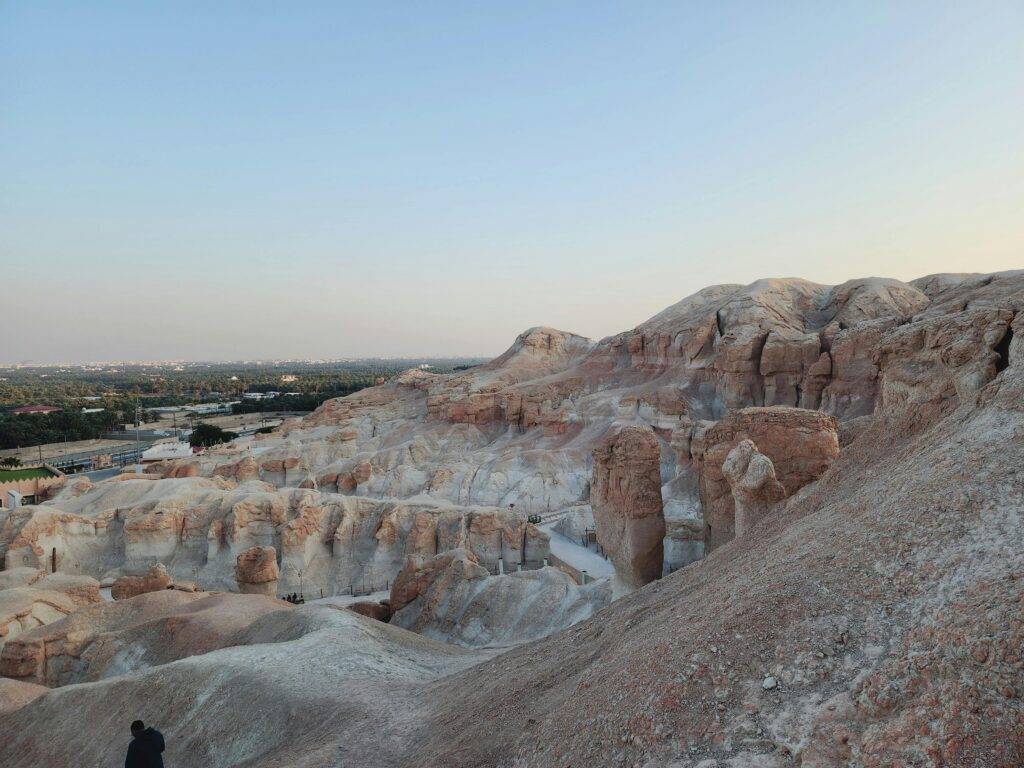Trip Planning & Safety
Route Selection
The most direct path between Riyadh and Dammam is Highway 40, a well-maintained multi-lane motorway covering the distance in around 4–5 hours. For those seeking a more immersive experience, take detours through Al-Ahsa Oasis, Hofuf, Jubail, and Half Moon Bay before arriving in Dammam.
Before setting off, ensure your car is in good condition—check oil, tyre pressure, and fluids. Carry extra water, snacks, and a spare tyre, as stretches between smaller towns can be long. Fuel stations are plentiful on Highway 40 but limited on side roads. In summer, temperatures can soar beyond 45°C, so plan early-morning drives and hydrate regularly.
Driving Regulations
Saudi Arabia drives on the right-hand side, with seatbelts mandatory for all passengers. Speed cameras are frequent and strictly enforced. Avoid night driving in remote areas, as camels and goats sometimes wander onto the roads.
Download offline navigation maps before departure, as mobile data can be patchy outside urban zones. Women can legally drive and rent vehicles with a valid international licence.




